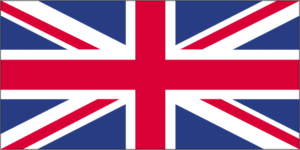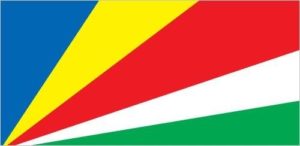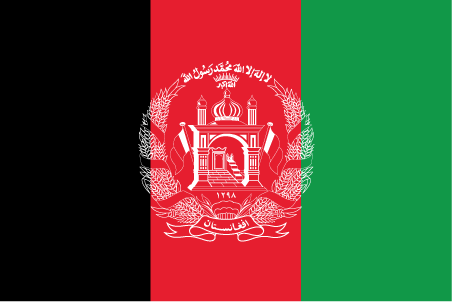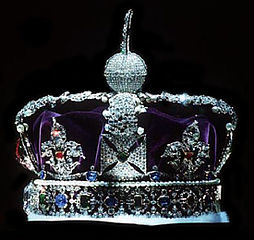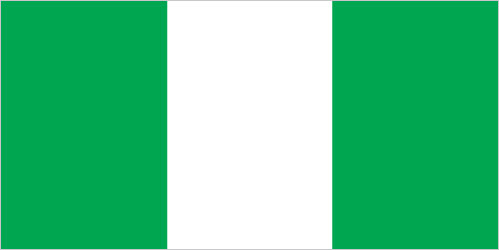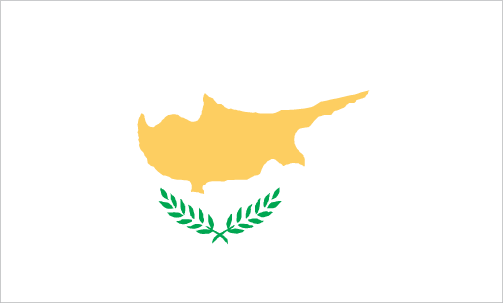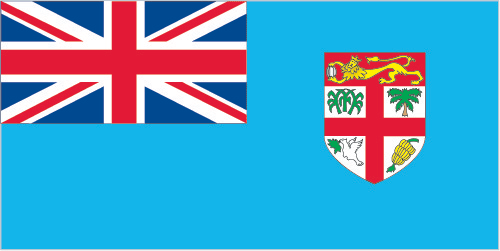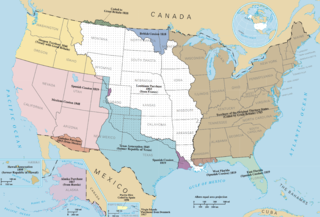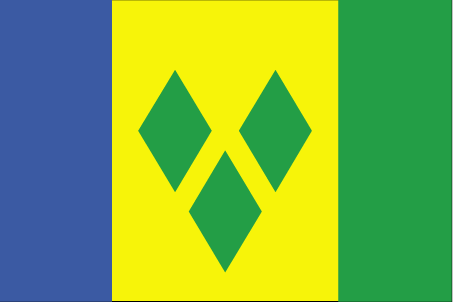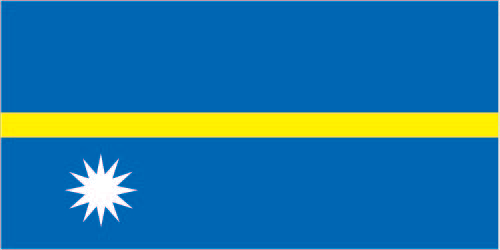
Flag of Nauru
Nauru celebrates Independence Day. It gained its independence from a United Nations Trusteeship managed by Australia, New Zealand, and the United Kingdom in 1968. Nauru is a small island, only 8.1 square miles (one-tenth the size of Washington, DC), and supports about 10,000 inhabitants. Yaren is the capital. The interior used to hold reserves of phosphates, used to make fertilizers. However, the phosphates have been exhausted. Located just south of the equator in Micronesia, the country has a tropical climate. Children can learn more at: Nauru.
